The hum of bees is as much a soundtrack of our planet as the crash of ocean waves or the whisper of wind through trees. Yet this vital chorus is fading—global bee populations are collapsing due to pesticides, habitat loss, and climate change. If bees vanished entirely, the ripple effects would unravel ecosystems and human survival in ways we’re only beginning to comprehend.
A World Without Pollinators
Bees pollinate 70% of the 100 crop species that feed 90% of humanity. No bees mean no almonds, apples, or blueberries—but the crisis runs deeper. Cotton plants rely on pollinators; imagine clothing shortages alongside food scarcity. Pharmacies would empty too—many medicines derive from bee-pollinated plants. The sudden absence of these tiny laborers wouldn’t just alter menus; it would rewrite civilization’s operating manual.
Ecosystems would hemorrhage biodiversity. Flowers evolved with bees over millennia—without them, plants revert to wind pollination or vanish, taking entire food chains with them. Birds and mammals that feed on fruits or seeds would starve. Soil health would degrade as flowering ground cover died off, accelerating desertification. The domino effect could trigger what scientists call an "ecological cascade failure."
The Economic Sting
Globally, bee pollination contributes over $577 billion annually to agriculture. The sudden loss would bankrupt farms and spike food prices exponentially. Developing nations relying on pollinator-dependent cash crops like coffee or cocoa would face economic collapse. Supermarket shelves wouldn’t just have gaps—entire aisles would disappear. The meat industry would implode too, since livestock feed like alfalfa requires pollination.
Urban areas wouldn’t be spared. Ornamental plants and city trees—many pollinator-dependent—would die, worsening the "heat island" effect. The landscaping industry could lose $40 billion yearly in the U.S. alone. Even breweries would suffer—hops need bees. This isn’t just an agricultural crisis; it’s a wholesale reordering of human commerce.
Cultural Collateral Damage
Beyond economics, bees are woven into human culture. Ancient Egyptian hieroglyphs depicted beekeeping; Viking myths used honey as a sacred symbol. Modern idioms like "the bee’s knees" or "busy as a bee" would become nonsensical to future generations. The loss extends beyond ecology into our collective psyche—imagine a world where honey, a food found in 12,000-year-old cave paintings, exists only in history books.
Scientific progress would stall. Bees’ unique navigation skills inspire AI algorithms; their hive structures inform swarm robotics. Medical research would lose a goldmine—bee venom fights antibiotic-resistant bacteria, and propolis has anti-cancer properties. Their disappearance wouldn’t just erase a species—it would delete a masterclass in sustainable living that scientists have studied for centuries.
A Future on the Brink
Some argue technology could replace bees—drones already pollinate Japanese orchards. But scaling this globally is implausible. Hand-pollination in China’s Sichuan province, where bees are already gone, shows the backbreaking reality—workers dusting apple blossoms with paintbrushes for $19/day. This isn’t a solution; it’s a dystopian preview.
The clock is ticking. Saving bees requires banning neonicotinoid pesticides, rewilding urban spaces, and supporting organic farming. Paris now hosts beehives on opera houses; Oslo’s "bee highways" connect urban gardens. These efforts must go viral. Because the question isn’t just "What if bees disappear?"—it’s "Will we act before it’s too late?" The answer will define our survival.
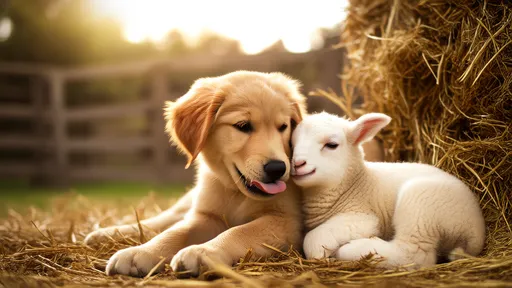
By /Aug 4, 2025
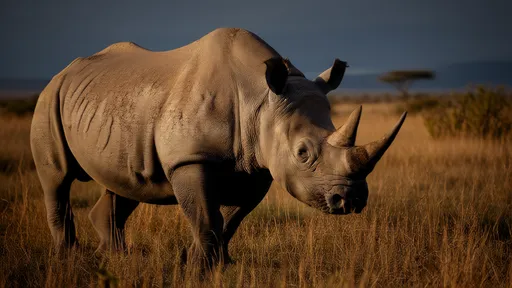
By /Aug 4, 2025
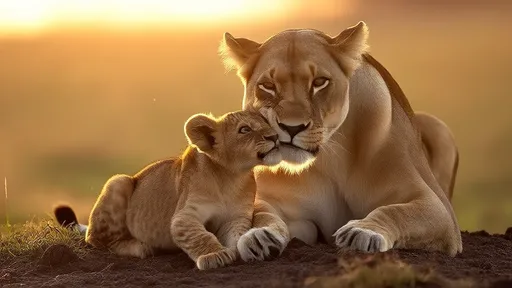
By /Aug 4, 2025
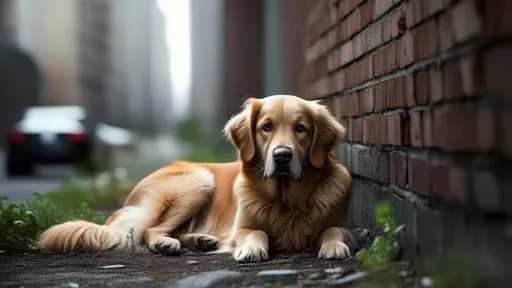
By /Aug 4, 2025

By /Aug 4, 2025
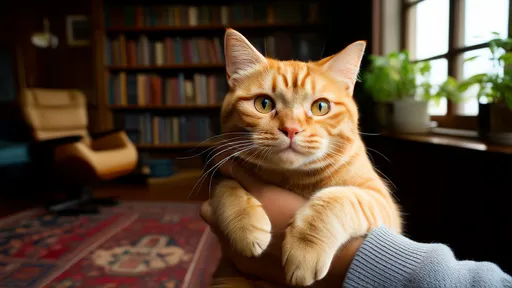
By /Aug 4, 2025

By /Aug 4, 2025
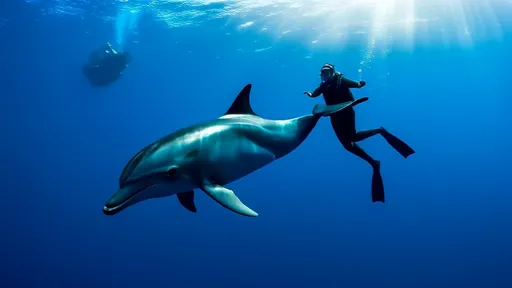
By /Aug 4, 2025
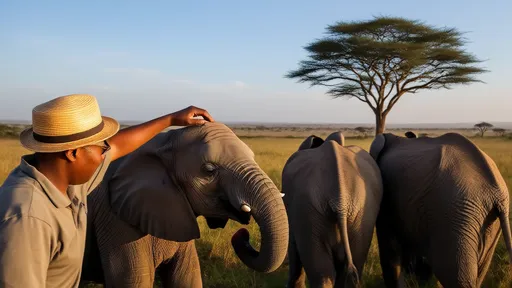
By /Aug 4, 2025

By /Aug 4, 2025
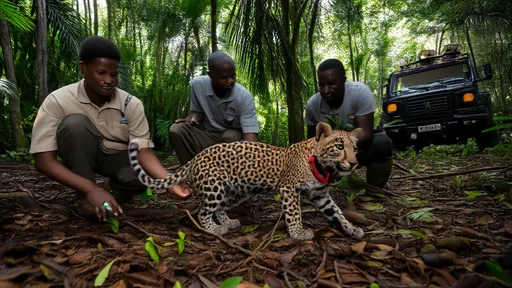
By /Aug 4, 2025
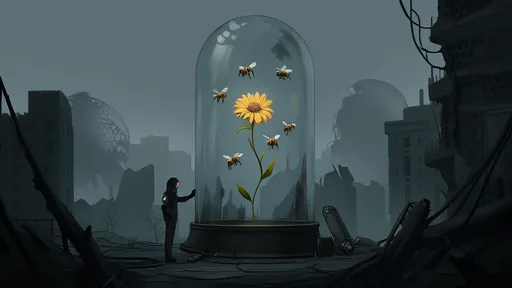
By /Aug 4, 2025
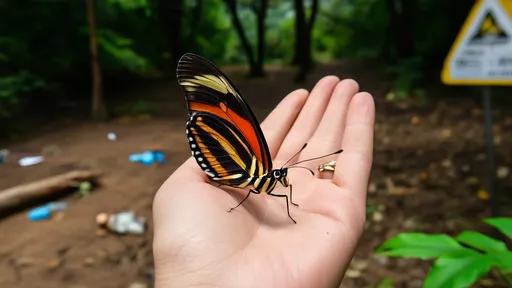
By /Aug 4, 2025

By /Aug 4, 2025
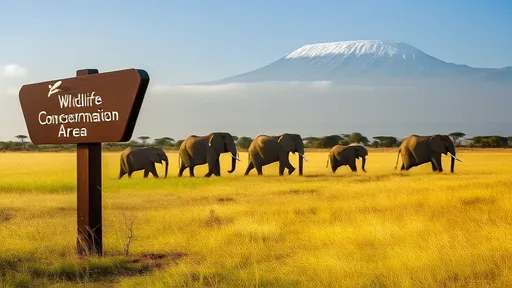
By /Aug 4, 2025
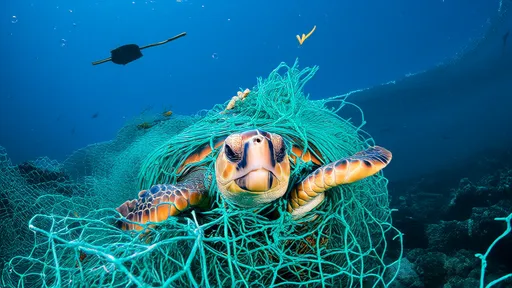
By /Aug 4, 2025

By /Aug 4, 2025
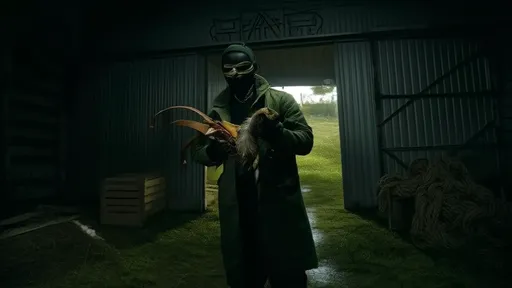
By /Aug 4, 2025
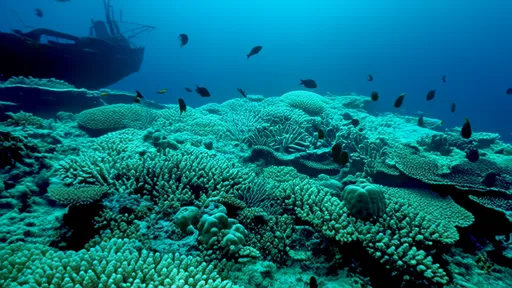
By /Aug 4, 2025
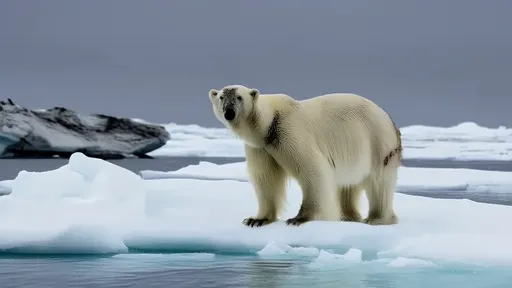
By /Aug 4, 2025